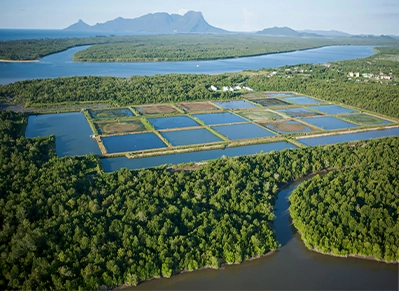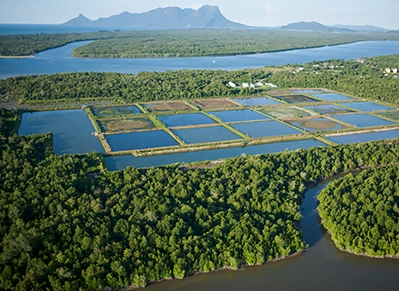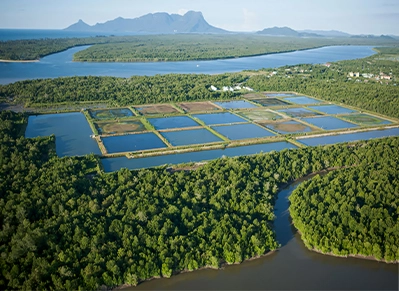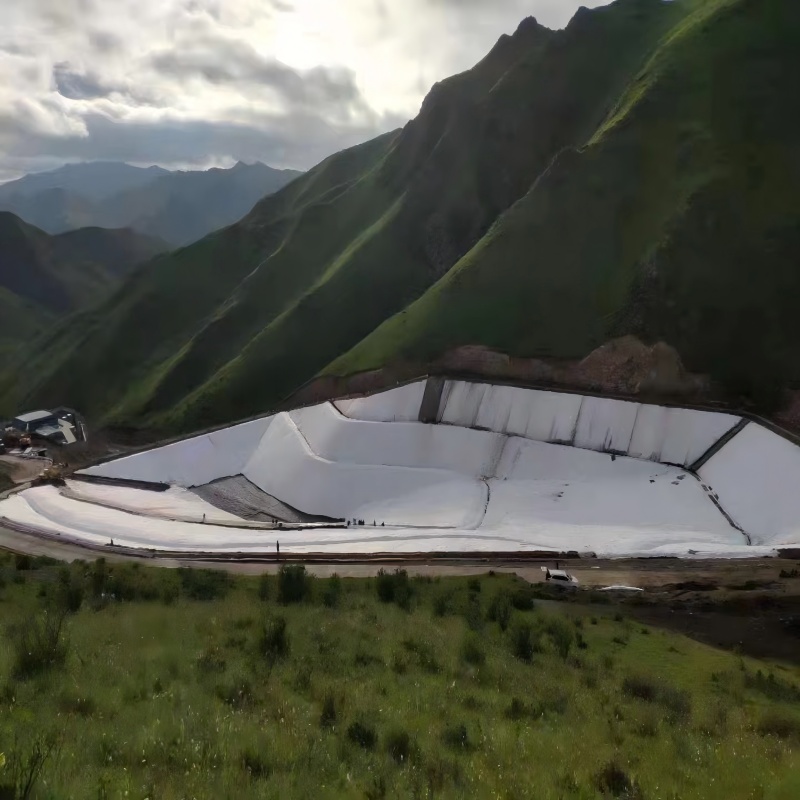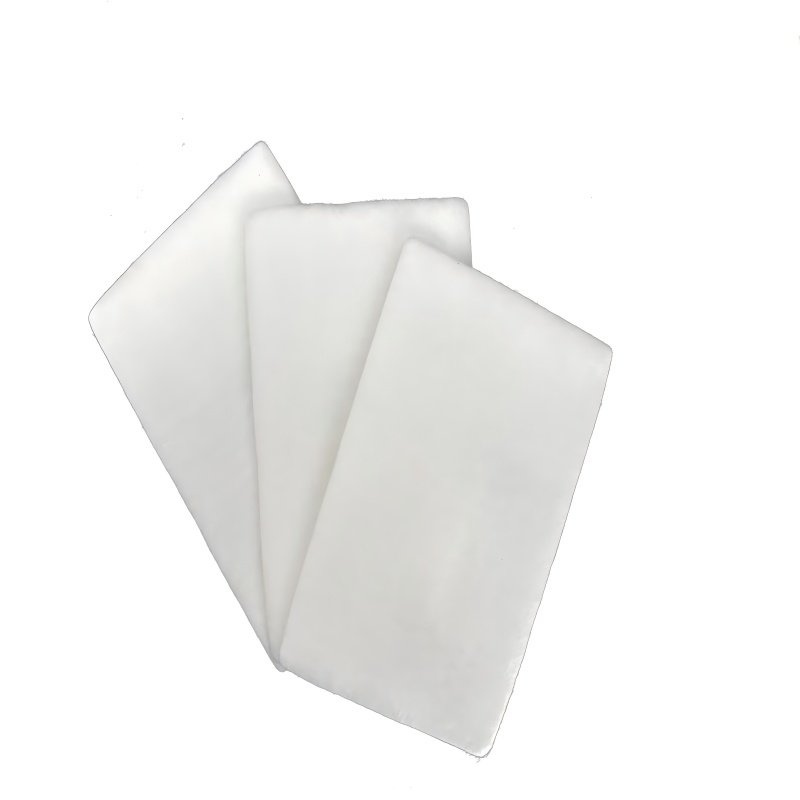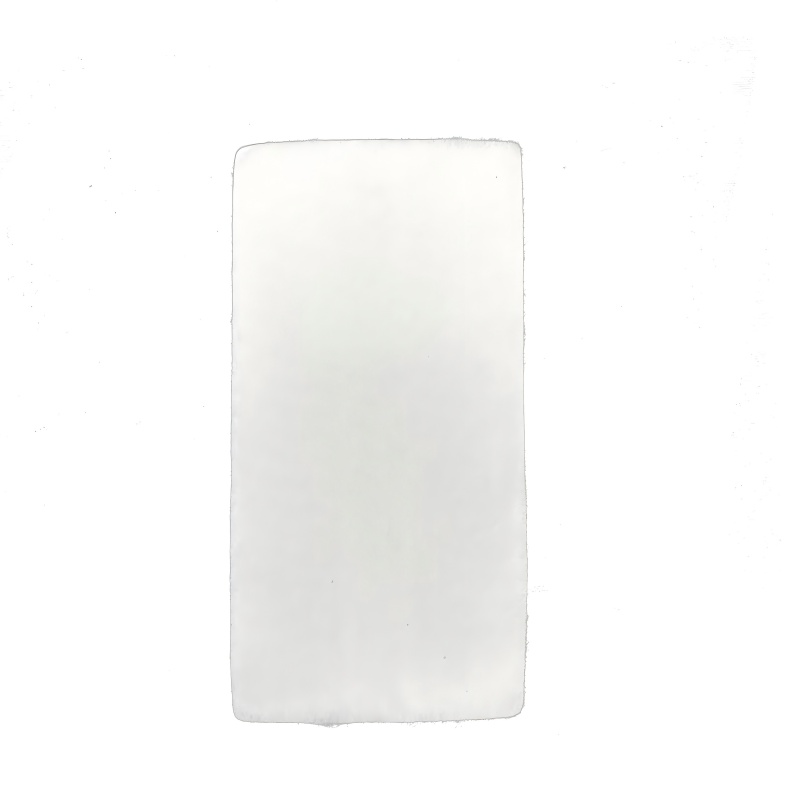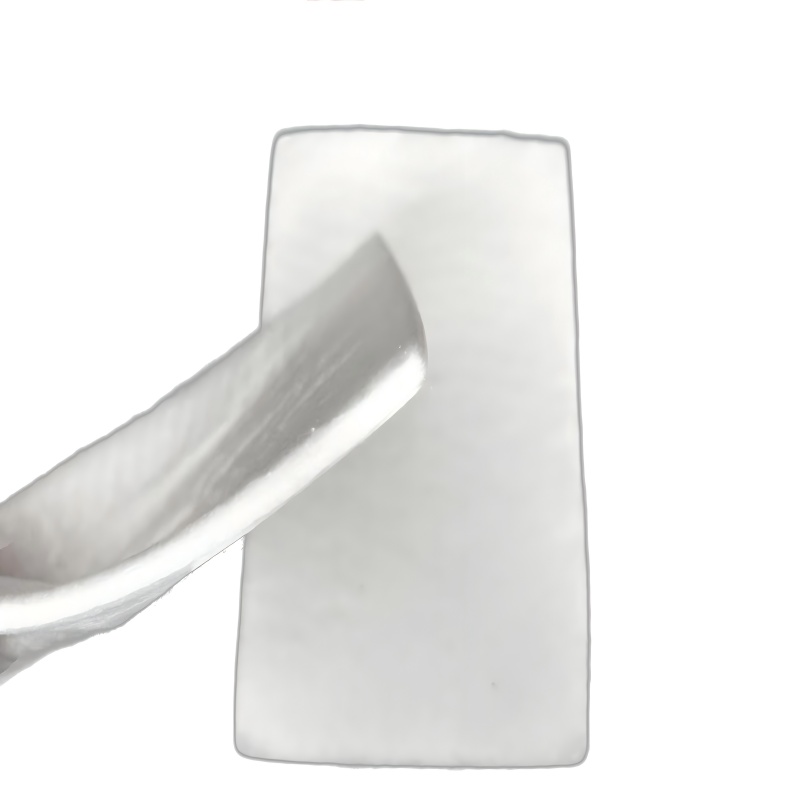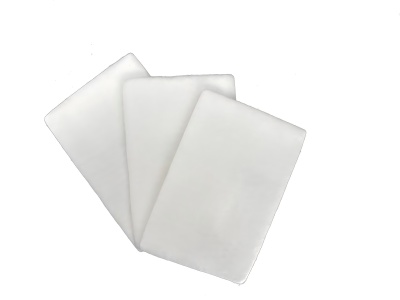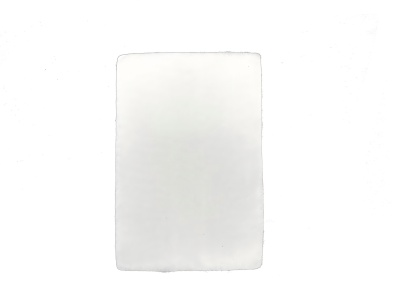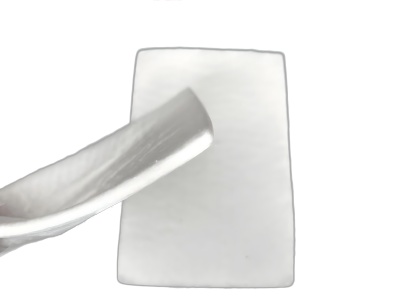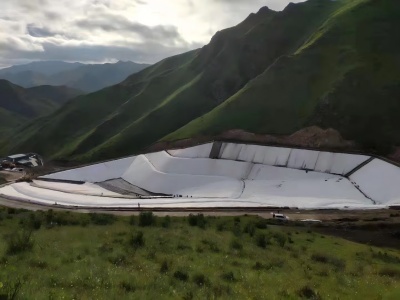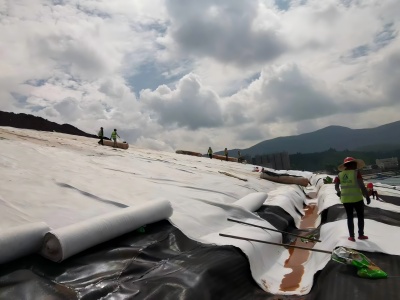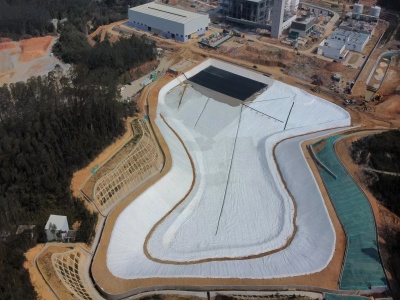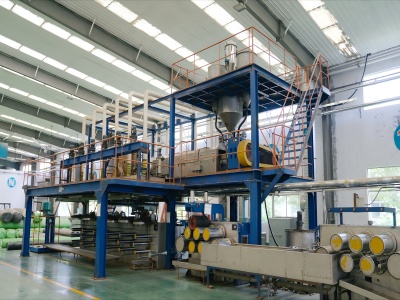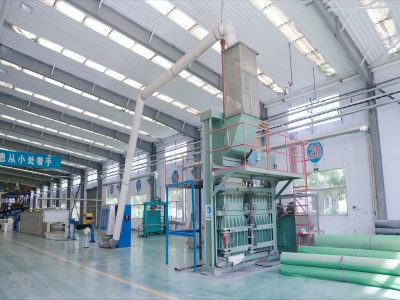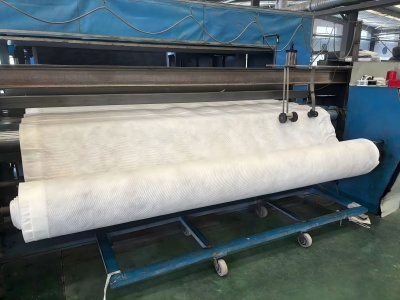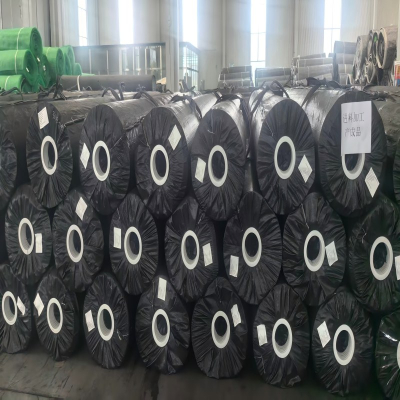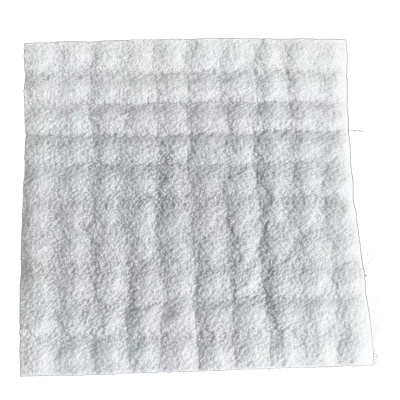Introduction
Non Woven Geotextile Filter Fabric for Landfill is an vital cloth in landfills, combining four key functions: filtration, isolation, drainage, and protection. It boasts advantages such as immoderate strength, corrosion resistance, terrific permeability, and uncomplicated construction. As a endorsed product by means of Geotextile Manufacturer, it is extensively used in key areas such as liner systems, leachate collection, and landfill closures, making sure the long-term balance and environmental compliance of landfills.
Product Features
1. Material Type
Needle-Punched Nonwoven: High filtration efficiency, suitable for the bottom filter layer of landfills.
Spunbond Nonwoven: Lightweight, for cover or temporary protection.
UV-Resistant: Suitable for exposed environments such as temporary sealing coverage.
2. Physical properties
Grg weight range: 100–800 g/m² (e.g. 500gsm heavy geotextiles are used in high load areas).
Permeability coefficient ≥0.1 cm/s, comply with ASTM D4491 standard.
3. Customization options
Key Functions
Filtration: Prevent soil particles from coming into the drainage machine and hold the leachate drainage unobstructed.
Separation: Separate the rubbish layer from the basis soil to keep away from contract troubles induced via mixing.
Drainage: Cooperate with the drainage community (French drains) to speed up the series of leachate.
Protection: Protect the anti-seepage membrane (HDPE geomembrane) from piercing sharp objects.
Application
Landfills: Bottom liner filtration systems, leachate collection layers, and final cover layers.
Road Construction: Separation layers for asphalt to prevent upwelling of soft soil.
Water Projects: Marine geotextiles and erosion control.
Landscaping: Green roof systems and pond liners.
Transportation: Railway track beds and retaining wall drainage.
Material Features
High water permeability (high permeability coefficient, generally ≥0.1 cm/s)
Chemical resistance (resistant to acids, alkalis, and natural contaminants in leachate)
High energy (tensile and puncture resistance, making sure long-term stability)
UV resistance (for use in uncovered environments)
Common Specifications
Weight Range: 100–800 g/m² (selectable primarily based on venture requirements)
Thickness: 1–10 mm
Permeability: Meets ASTM D4491 or ISO 11058 requirements
Technical Parameters
1. Physical Specifications
Parameters | Typical Index Range/Standard | Description |
Weight | 100-800 g/m² | Common specifications: 200 g/m² (light duty), 400 g/m² (standard duty), 600 g/m² (heavy duty) |
Thickness | 0.5-5 mm | Needle-punched products are thicker (2-5 mm), while spunbond products are thinner (0.5-2 mm) |
Width | 2-6 m (roll) | Custom widths available. Standard roll length: 50-100 m |
2. Mechanical Properties Parameters
Parameters | Test Standard | Typical Value (using 400g/m² as an example) | Application Relevance |
Tensile Strength | ASTM D4595 | Longitudinal ≥10 kN/m | Determines the foundation's ability to resist |
Elongation at Break | ASTM D4632 | 40-80% | High elongation adapts to settlement |
CBR Bursting Strength | ASTM D6241 | ≥1.5 kN | Key indicator for resistance to sharp objects |
Trapezoidal Tear Strength | ASTM D4533 | ≥0.3 kN | Reflects local damage resistance |
3. Hydraulic Performance Parameters
Parameters | Test Standard | Typical Value | Engineering Significance |
Permeability Coefficient | ASTM D4491 | 0.1-2.0 cm/s | Higher values indicate greater drainage capacity |
Equivalent Pore Diameter (O₉₀) | ASTM D4751 | 0.07-0.2 mm | Controls filtration accuracy (prevents fine particle loss) |
Porosity | ASTM D5261 | 70-90% | 70-90% affects water storage and air permeability |
4. Durability Parameters
Parameters | Test Standard/Conditions | Requirements |
UV Aging Resistance | ASTM D4355 | Strength retention ≥ 70% after 500 hours |
Chemical stability | Acidic/alkaline solution immersion | Mass loss ≤5% |
Creep performance | Long-term load test | Deformation <10% (10 years) |
5. Special Functional Parameters
UV-resistant: Contains carbon black masterbatch, UV stability ≥ 5 years
Antibacterial: Passes ISO 22196 antibacterial test (bacterial inhibition rate > 99%)
Compound: Peel strength ≥ 0.5 N/mm after lamination with geomembrane
6. Special Selection Recommendations for Landfills
Application Area | Recommended Specifications | Key Parameter Requirements |
Bottom Filter Layer | 400-600g/m² needle-punched fabric | O₉₀≤0.15mm, CBR burst strength ≥2kN |
Leachate Drainage Layer | 200-300g/m² spunbond fabric & drainage mesh | Vertical permeability ≥0.5 cm/s |
Final Cover Layer | 300g/m² UV-stabilized | Tensile strength ≥8kN/m (warp direction) |
7. Comparison of Domestic and International Standards
Chinese Standard: GB/T 17638 (Nonwoven Geotextiles)
EU Standard: EN 13249 (Road Engineering)
US Standard: ASTM D6241 (Bursting Strength)
About Us
As a main producer of nonwoven geotextile fabrics, Haoyang specializes in high-performance polyester geotextile cloth and polypropylene nonwoven geotextile options for modern-day landfill systems. Our needle-punched non woven geotextile fabric, handy in polyester filament geotextile and staple fiber geotextile variants, promises most advantageous filtration (0.1–10 cm/s permeability) and separation energy (up to 800 N puncture resistance), making sure long-term steadiness in landfill liners, leachate series layers, and drainage systems.
Engineered for durability, our geotextile cloth merchandise consist of nonwoven geotextile for drainage applications, successfully stopping soil clogging whilst keeping ideal hydraulic flow. For bolstered stabilization, we provide complementary woven geotextile material and polypropylene woven geotextile options, growing hybrid woven and non woven geotextile structures tailor-made to landfill sketch requirements.
Trusted in world waste containment projects, our PP geotextile non woven and knitted geotextile material options meet ASTM D6917 and GRI GT7 standards. Contact us for geotextile drainage options that decorate landfill overall performance and longevity.
